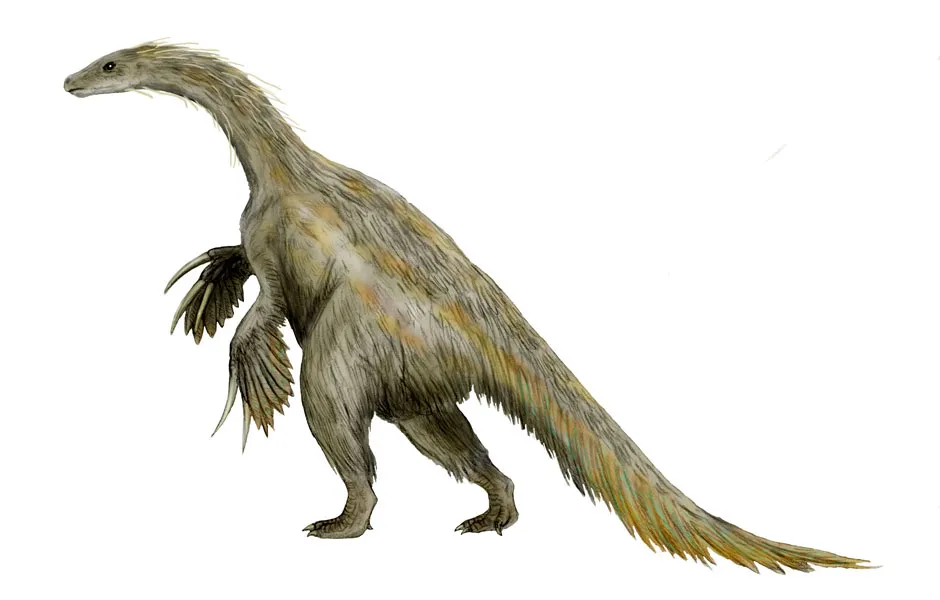
The Great Dinosaur Extinction: A Tale of Cosmic Catastrophe and Evolutionary Rebirth
As a child, I was fascinated by dinosaurs. I devoured books about their colossal forms, imaginative names, and mysterious disappearance from Earth. One question that particularly intrigued me was: how long did dinosaurs roam our planet before their abrupt end?
The answer to this question is not as straightforward as one might think. Dinosaur species emerged during the Triassic period, around 252 million years ago. They flourished for over 150 million years, dominating nearly every ecosystem on Earth. However, their reign came to a dramatic end during the Cretaceous-Paleogene (K-Pg) extinction event, approximately 66 million years ago.
The K-Pg Extinction Event: A Global Catastrophe
The K-Pg extinction event was a cataclysmic event that wiped out approximately 76% of all plant and animal species on Earth. This includes all non-avian dinosaurs, as well as numerous marine and terrestrial organisms.
The most widely accepted theory for the K-Pg extinction event is the asteroid impact hypothesis. This hypothesis proposes that a massive asteroid or comet, measuring about 12 kilometers (7.5 miles) in diameter, collided with Earth near present-day Chicxulub, Mexico. The impact released an unimaginable amount of energy, triggering a series of devastating events.
- Tsunami Waves: The impact created a tsunami that ravaged coastal areas around the world, wiping out marine life and altering ecosystems.
- Wildfires: The impact debris ignited wildfires that raged across the globe, consuming vegetation and releasing vast amounts of carbon dioxide into the atmosphere.
- Ash Cloud: The impact ejected an enormous cloud of ash and dust into the atmosphere, blocking sunlight and causing a global winter that lasted for several years.
The combined effects of these events created an environment that was inhospitable to most life forms. The dinosaurs, with their large size and specialized adaptations, were particularly vulnerable to these environmental changes.
The Evolutionary Legacy of the Dinosaur Extinction
While the K-Pg extinction event marked the end of the dinosaurs, it also paved the way for the evolution and diversification of other species. The absence of dominant predators allowed mammals, birds, and other small animals to thrive. These groups would go on to occupy the ecological niches once held by the dinosaurs.
The extinction of the dinosaurs also influenced the evolution of the planet’s climate. With the removal of large herbivores, the global ecosystem underwent a significant shift. Over time, forests and grasslands expanded, and the Earth’s atmosphere gradually cooled.
Tips for Understanding the Dinosaur Extinction
To better understand the dinosaur extinction, consider the following tips:
- Research the Asteroid Impact Hypothesis: Explore scientific literature and documentaries to gain a more comprehensive understanding of the theory and the evidence that supports it.
- Explore the Geochemical Evidence: Examine the geological record, including iridium-rich sedimentary layers, to learn about the physical and chemical changes that occurred during the K-Pg event.
- Study the Paleontological Record: Analyze fossil evidence to trace the decline and disappearance of dinosaur species, as well as the emergence and diversification of other organisms in the aftermath.
Expert Advice on the Topic
In addition to conducting your own research, consult with experts in the field. Attend lectures, read books and articles by paleontologists, geologists, and other scientists. They can provide valuable insights and perspectives on the dinosaur extinction.
By following these tips and engaging with expert sources, you can gain a deeper understanding of one of the most significant events in Earth’s history. The extinction of the dinosaurs was a profound chapter in the planet’s evolutionary narrative, shaping the biodiversity and ecosystems we see today.
FAQ on the Dinosaur Extinction
Here are some frequently asked questions about the dinosaur extinction, along with concise answers:
- How long did dinosaurs live on Earth? Dinosaurs lived on Earth for approximately 150 million years, from the Triassic period to the K-Pg extinction event.
- What caused the dinosaur extinction? The most widely accepted theory is the asteroid impact hypothesis, which proposes that a massive asteroid or comet collided with Earth.
- Did all dinosaurs go extinct? Non-avian dinosaurs did not survive the K-Pg extinction event. However, birds are considered a surviving lineage of dinosaurs.
- Were there any survivors of the extinction event? Many small mammals, birds, reptiles, and amphibians survived the K-Pg extinction event. These organisms would go on to thrive and diversify in the dinosaur’s absence.
- Why are dinosaurs so fascinating? Dinosaurs are captivating because of their immense size, diverse adaptations, and mysterious extinction. They represent a chapter in Earth’s history that is both awe-inspiring and humbling.
Conclusion
The extinction of the dinosaurs is a complex and fascinating topic that continues to inspire scientific research and public fascination. By understanding the timeline, causes, and consequences of this global event, we gain valuable insights into the interconnectedness of life on Earth.
Are you intrigued by the topic of dinosaur extinction? Share your thoughts and questions in the comments below. Let’s continue the exploration of this extraordinary chapter in our planet’s history.

Image: www.sciencenews.org

Image: www.gotquestions.org
Dinosauromorph research sheds light on dinosaur evolution | CBC News The most likely explanation for the extinction of the dinosaurs is that the Earth was struck by a large asteroid. Estimated to have been around 10 km (6.2 miles) across, and travelling at 30 km per second, the meteor would have caused an explosion around 2 million times larger than the most powerful thermonuclear weapon ever tested.